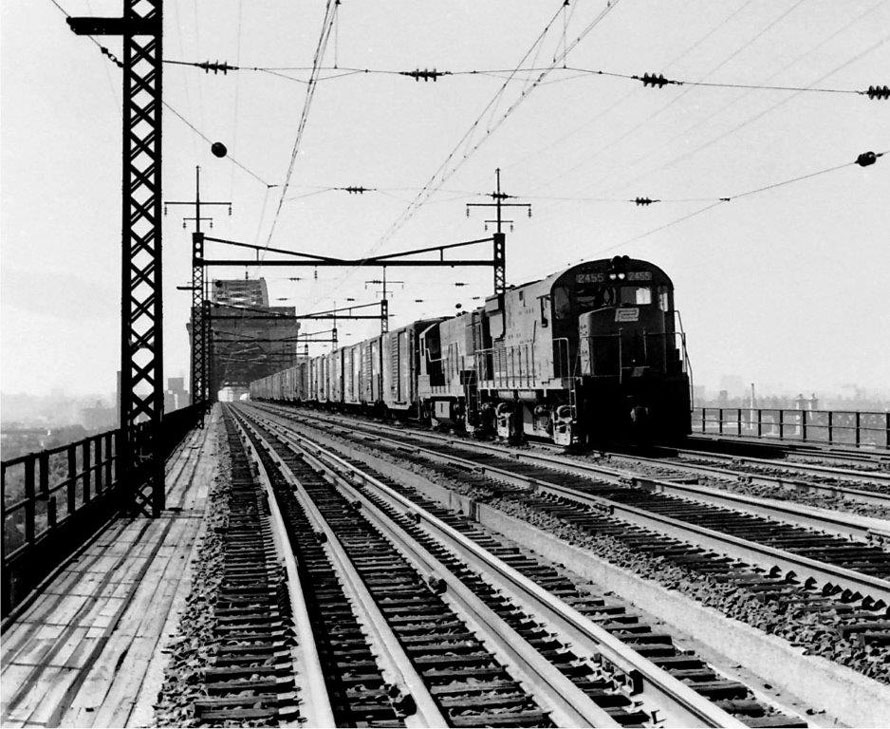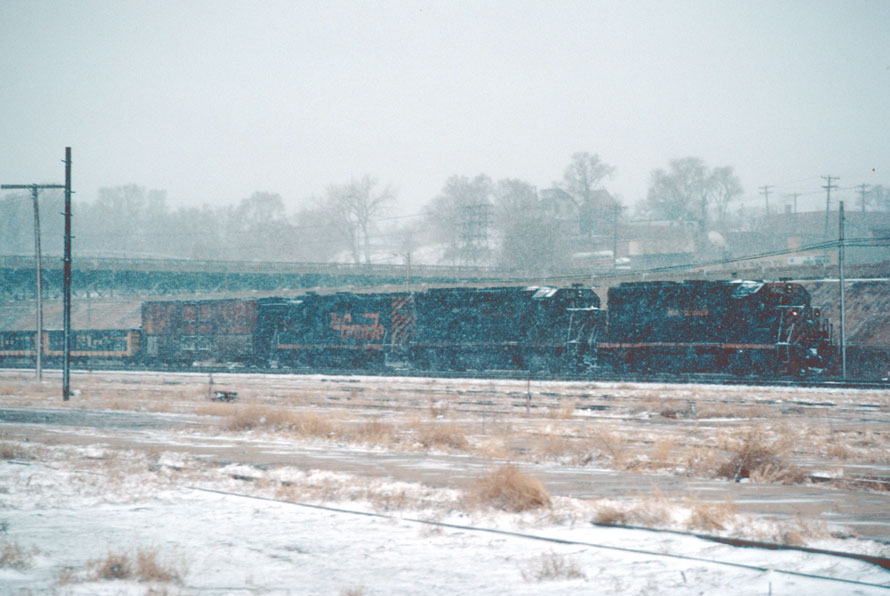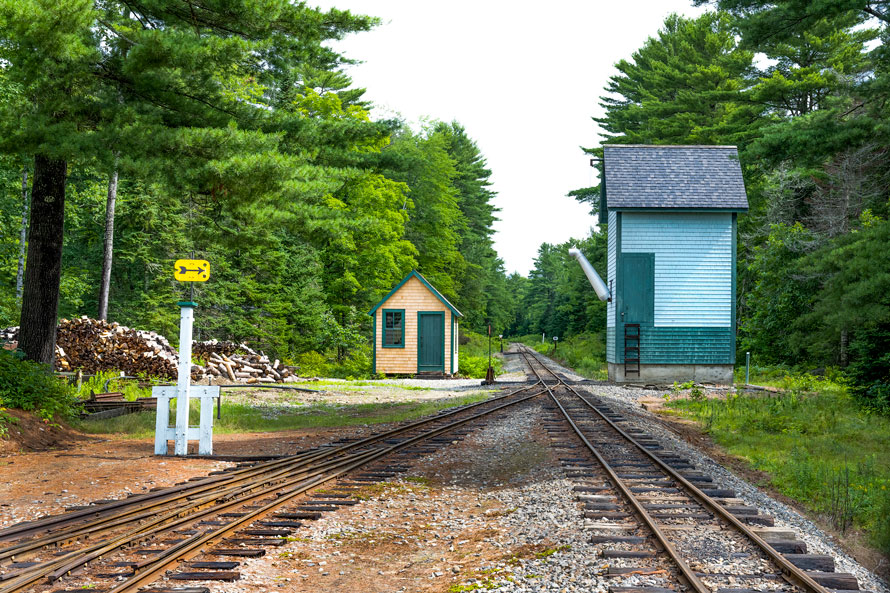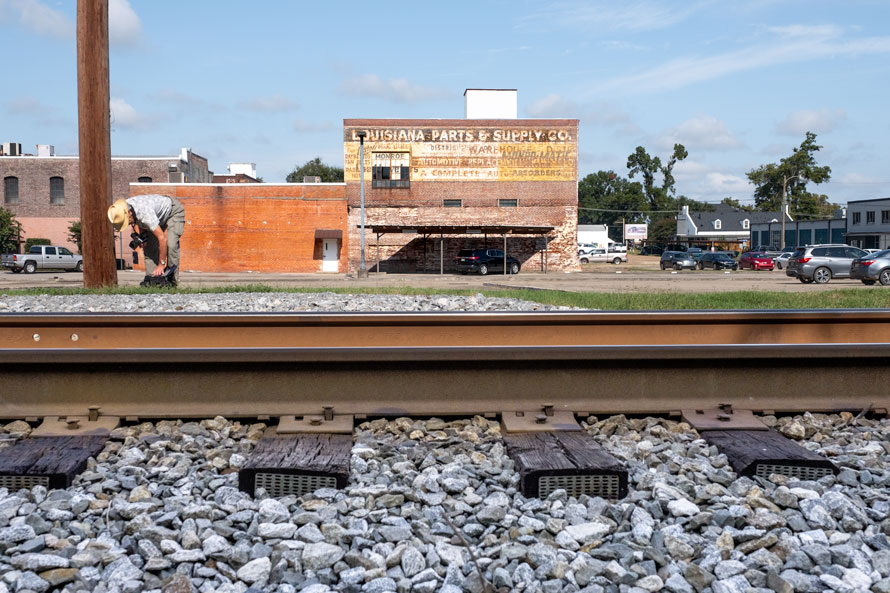History, the natural and man-made landscape, photography, and the railroad all come together in the work of photographer Michael Froio. In this episode of Talking Pictures, we discuss Michael’s photography, his on-going projects and his unique approach to railroad photography through the lens of time and place.
Talking Pictures is an ongoing series of video podcasts. Focusing on the images, each episode features photographers and artist discussing their own work, or images that they find inspirational or meaningful.
Join us, and if you like what you see, give the video a “thumbs up” (it helps spread the word) and share your thoughts in the comments.
Edd Fuller, Editor



